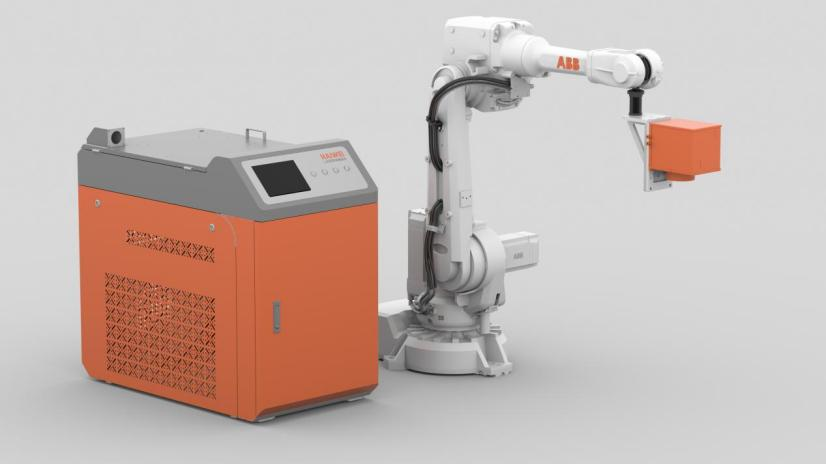Laser Welding Robots in Automotive Manufacturing
In modern automotive production, laser welding robots have become essential for joining body-in-white structures, battery trays, and powertrain components. They offer a balance of speed, precision, and flexibility that traditional resistance or arc welding can’t match—especially as vehicle designs shift toward mixed materials and tighter tolerances.

Key Applications
Body-in-White (BIW): Laser welding enables narrow, high-strength seams on door frames, roof rails, and pillars. It minimizes heat distortion, reducing the need for post-weld rework.
Electric Vehicle Battery Trays: Aluminum or steel trays require leak-tight, consistent welds for structural integrity and thermal management. A laser welding robot with seam tracking can handle minor fit-up variations without manual intervention.
Powertrain Components: Transmission housings and motor stators benefit from deep-penetration, low-spatter laser welds that maintain dimensional accuracy.
Why Robots Over Fixed Systems?
Unlike fixed-optic laser cells, a laser welding robot can access complex 3D geometries with a single setup. Six-axis motion allows optimal torch angle control, critical when welding reflective metals like aluminum. Plus, the same robot can be reprogrammed for new models—ideal for plants producing multiple vehicle platforms.
Integration Considerations
Successful deployment depends on:
Seam tracking or vision guidance to compensate for part-to-part variation;
Robust fume extraction near the weld zone, especially for galvanized steel;
Laser safety compliance (e.g., ISO 11553) with interlocked enclosures and beam shutters;
Data connectivity to plant MES for weld parameter logging and traceability.
Practical Advice for Buyers
Before purchasing a laser welding robot, run trials with your actual parts—including worst-case fit-up scenarios. Evaluate not just weld quality, but also cycle time, changeover effort, and ease of maintenance. The best system is the one that delivers repeatable results with minimal operator dependency.
In short, in automotive manufacturing, laser welding robots aren’t just about automation—they’re about enabling higher quality, faster ramp-ups, and greater production agility.
Recent Posts
- What are the advantages of laser welding machines in lithium battery pack production lines?
- What issues should be noted when choosing a lithium battery pack production line?
- Quality Inspection and Control of Lithium Battery Module Pack Production Line
- Cell grouping and sorting process in lithium battery module pack production line
- What are the safety hazards of lithium battery pack production lines and how can they be prevented?
INQUIRY

